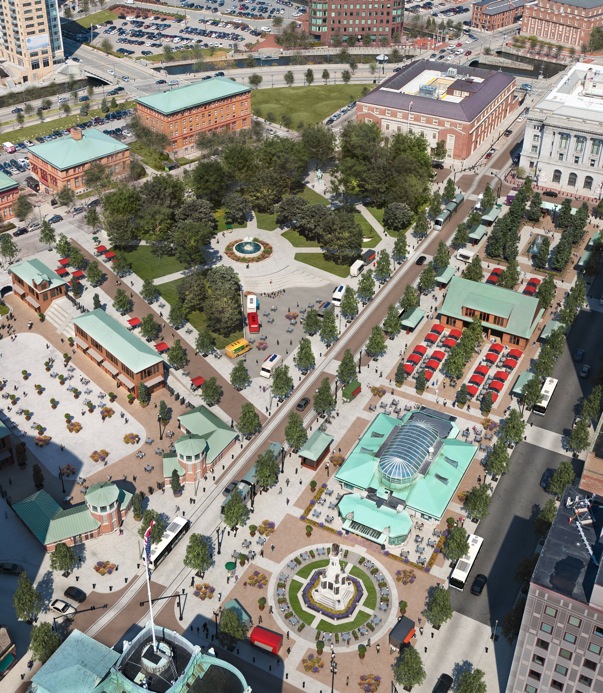Here's something we haters of the suburban lifestyle would never had suspected in 1,000 years; the Mall may be dying. Across the US (and indeed, across the world as seen
here), malls are shuttering their doors and being left to rot. If you grew up in the 80's, you would understand what a titanic shift this is. Once upon a time, the Mall was cultural touch-stone for young people. A place to shop, yes, but also (and more importantly) a place to be seen; to mingle; to be with your peers.
Today that seems nearly as quaint an idea as drive-up dining and bobby-socks. So what is driving this shift? The short, unsatisfying answer is, a lot of things. Obviously, changes in taste are a factor, but changes in technology may also be having an impact. The mall took off as a social spot in part, because it was a place where suburban parents could drop off their teenagers, giving them a little bit of freedom without worrying about their security. But that was back when, if you wanted to have a private conversation with your friends, you had to be in the same room with them. Technology has changed that. I can't say I know what teens in the digital age do to build their own networks, but it seems hanging out at the mall isn't it.
Another factor hitting the malls is the economy. For more than 30 years, malls were developed in a frenetic way, without much apparent regard to market capacity. The center of commerce in my own home town was built around two malls less than a mile from each other. One of them is now dead, and although the death blow was a series of devastating floods which hit the region a few years ago, its slow decline was apparent for years. In the face of shrinking incomes - with its attendant shrinking consumption - these sorts of distantly located, retail specific structures simply couldn't stay solvent.
Of course, as a card-carrying hater, I knew this was going to happen. A car-dependent destination focused solely on selling things you don't really need (as opposed to home goods, groceries or other necessities), always seemed like terrible idea. And being the kind of person I am, I assumed my sense would, given enough time, be proved right. What I didn't know, is how quickly this would play out. While I lament with the rest of the community, the terrible waste of space and materials these empty hulking shells represent, I'll be all too happy to seem the Mall as a concept finally fade away.
SOURCE: David Uberti, The Guardian,
http://www.theguardian.com/cities/2014/jun/19/-sp-death-of-the-american-shopping-mall


